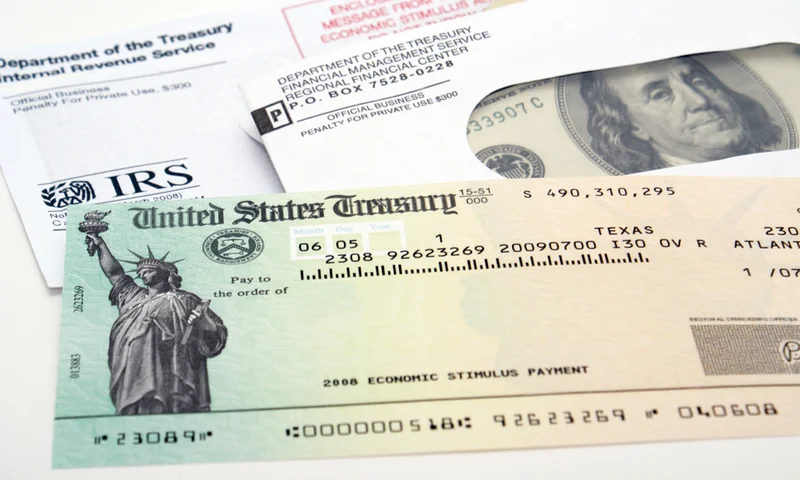Title: Trump's $2,000 Tariff Check: Math Doesn't Add Up
Donald Trump is floating the idea of a $2,000 "dividend" for most Americans, funded by tariff revenue. The pitch? Tariffs bring in cash, and that cash should go back to the people. It’s a populist message, but let's dissect the numbers.
The claim, posted on Truth Social, is that tariff revenue can fund these checks. Senator Hawley even proposed a $600 rebate earlier this year, framing it as a return of wealth to hardworking Americans. Treasury Secretary Bessent, however, stated in August that the focus is on reducing the national debt, currently a staggering $38.12 trillion. So, who’s right?
The Tariff Revenue Reality
The Treasury Department's September report states $195 billion in customs duties were collected in the first three quarters of the year. Sounds like a lot, right? But here's where the numbers get tricky. Giving $2,000 to every adult (excluding "high income people," whatever that means in practice) quickly eclipses that amount.
Erica York at the Tax Foundation estimates that if the cutoff is $100,000, about 150 million adults would qualify. That's a $300 billion bill. And that’s before factoring in kids. The math, as York points out, "gets worse accounting for the full budgetary impact of tariffs." Her analysis suggests that tariffs have raised a net revenue of $90 billion compared to Trump’s proposed $300 billion rebate. John Arnold, co-chair of Arnold Ventures, puts the potential cost even higher, at $513 billion.
Now, I've seen these kinds of proposals come and go (mostly go). What strikes me about this one is the sheer scale of the disconnect between the stated revenue source and the proposed expenditure. It’s not just a rounding error; it's a fundamental flaw in the premise.

The Yale Budget Lab says consumers are paying an average effective tariff rate of nearly 18%, the highest since 1934. Since the tariffs were introduced in April, companies have passed on the costs to consumers. So, essentially, this dividend would be funded by… consumers themselves. It's like taking money out of one pocket and putting it in the other, after skimming a hefty percentage off the top for administrative costs and economic distortions.
Déjà Vu All Over Again?
This isn't the first time Trump has floated this idea. There were similar proposals in October (checks between $1,000 and $2,000) and July. Back in February, Trump and Elon Musk even discussed a $5,000 "dividend" based on savings from the "department of government efficiency (Doge)." That never materialized; the national deficit actually increased under Doge. Trump weighs giving Americans $2,000 from tariff revenues in bid for support
It's worth pausing here to consider the methodology. How exactly is tariff revenue calculated? What are the assumptions about economic impact? Are we accounting for the deadweight loss created by tariffs – the economic activity that doesn't happen because of increased costs? These are crucial questions that seem to be glossed over in the rush to propose a politically appealing handout.
There's also the question of legality. The US Supreme Court heard arguments on Trump’s tariffs and appeared skeptical. If the tariffs themselves are deemed illegal, the entire premise of a tariff-funded dividend collapses.
Smoke and Mirrors
The idea of a $2,000 tariff check sounds good on the surface. It's the kind of populist promise that can generate buzz and rally support. But when you dig into the numbers, the whole thing falls apart. The revenue simply isn't there, and the plan relies on a flawed understanding of how tariffs actually work. It's a classic case of political expediency trumping fiscal responsibility.
Conclusion Title: It's a Shell Game
This isn't a serious economic proposal; it's a PR stunt. The numbers don't lie, and they're screaming that this plan is nothing more than a fiscal illusion.

